Lysergic Acid Diethylamide
$300
Buy LSD liquid online from the best Psychedelic shop.
100% Discreet doorstep Delivery. lsd drug liquid for sale.
LSD stands for Lysergic Acid Diethyl. Lysergic acid diethylamide (LSD), also known colloquially as acid, is a hallucinogenic drug.
INDICATION
Lysergic acid diethylamide (LSD) is a classical hallucinogen originally synthesized by Albert Hoffman. He accidentally concocted the drug while making experimental substances from ergots to create circulatory and respiratory stimulants. The most pronounced effect on the animals allowed him to create a model for psychosis and study the induced temporary psychotic-like states. During the psychotic state, he also noted permitted recall and produced improved insight.
In 1986, almost 400 patients received treated with LSD. The Danish LSD Damages Law was passed because of the crimes and deaths linked to LSD usage, where applicants received financial compensation for the harm resulting from the treatments. Many years afterward, patients still suffered from the side effects of being treated with LSD.
Regulations on hallucinogenic drugs started to be introduced in 1967 to limit the use of LSD and other hallucinogenic drugs to qualified practitioners. The hope was to eliminate or decrease risky behaviors and result in harmful consequences brought on by the drug. Despite these efforts, LSD-assisted treatments continued in some European countries in the 1970s. In Switzerland, psychotherapy and research were also conducted from 1988 to 1993 with special permission from their government.
ADVERSE EFFECT
Adverse effects are extremely subjective, with significant variability and unpredictability. One patient may experience a positive effect filled with bright hallucinations, sights, and sensations, increased awareness owing to mind expansion, and marked euphoria. The positive spectrum of effects is colloquially called a “good trip.” Another patient may experience the total opposite with an experience filled with increased anxiety becoming panic, fear, depression, despair, and disappointment. The negative spectrum is colloquially called a “bad trip.” One patient can experience both the positive and negative spectrum at different times of use.
One of the more disturbing side effects of LSD is the flashback. Flashbacks can be induced by stress or fatigue and by using other drugs. Often a flashback of a “bad trip” can occur without warning, even if the patient was not currently under the influence of LSD. Eventually, long-term use leads to the patient developing tolerance to the drug. Abstinence for a few days allows the patient to return to baseline quickly, emotionally, physically, and mentally. Abstinence of the drug does not typically produce a craving. Debilitating flashbacks occurred in the patients compensated under the Danish LSD Damages law.
| 1 | 1 Mg |
|---|
Be the first to review “Lysergic Acid Diethylamide” Cancel reply
Related products
LSD
LSD
LSD
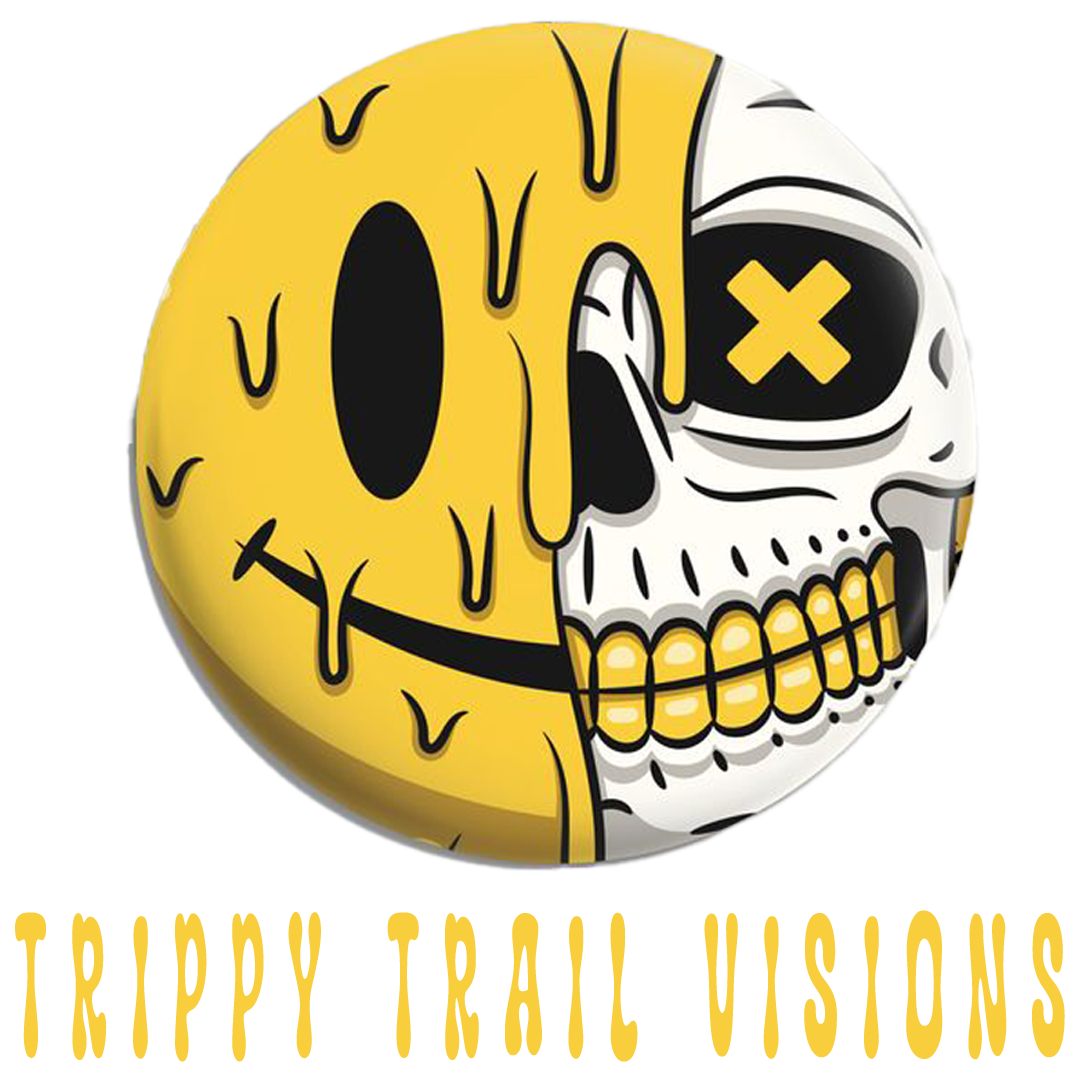
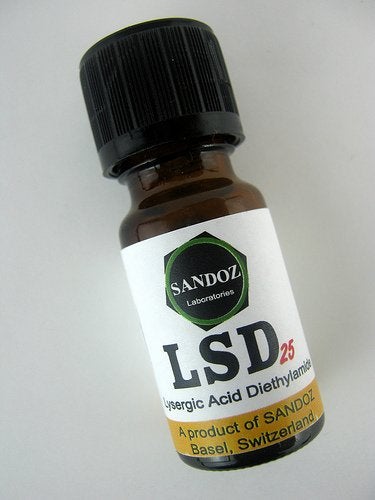
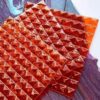
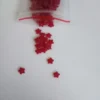
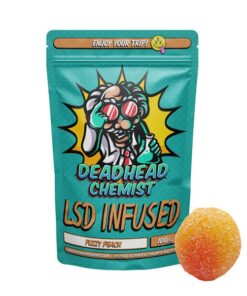
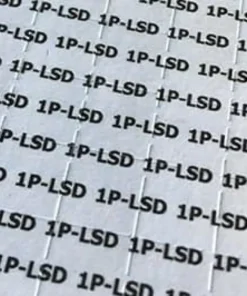

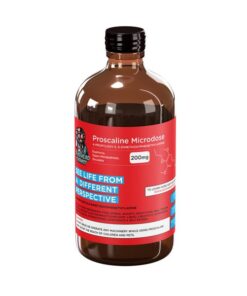

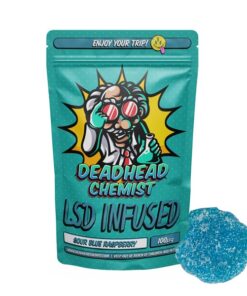
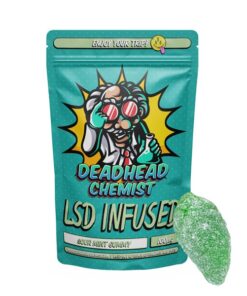
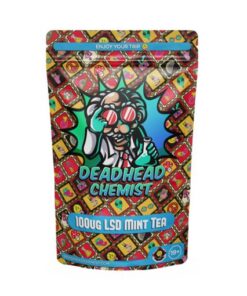
Reviews
There are no reviews yet.